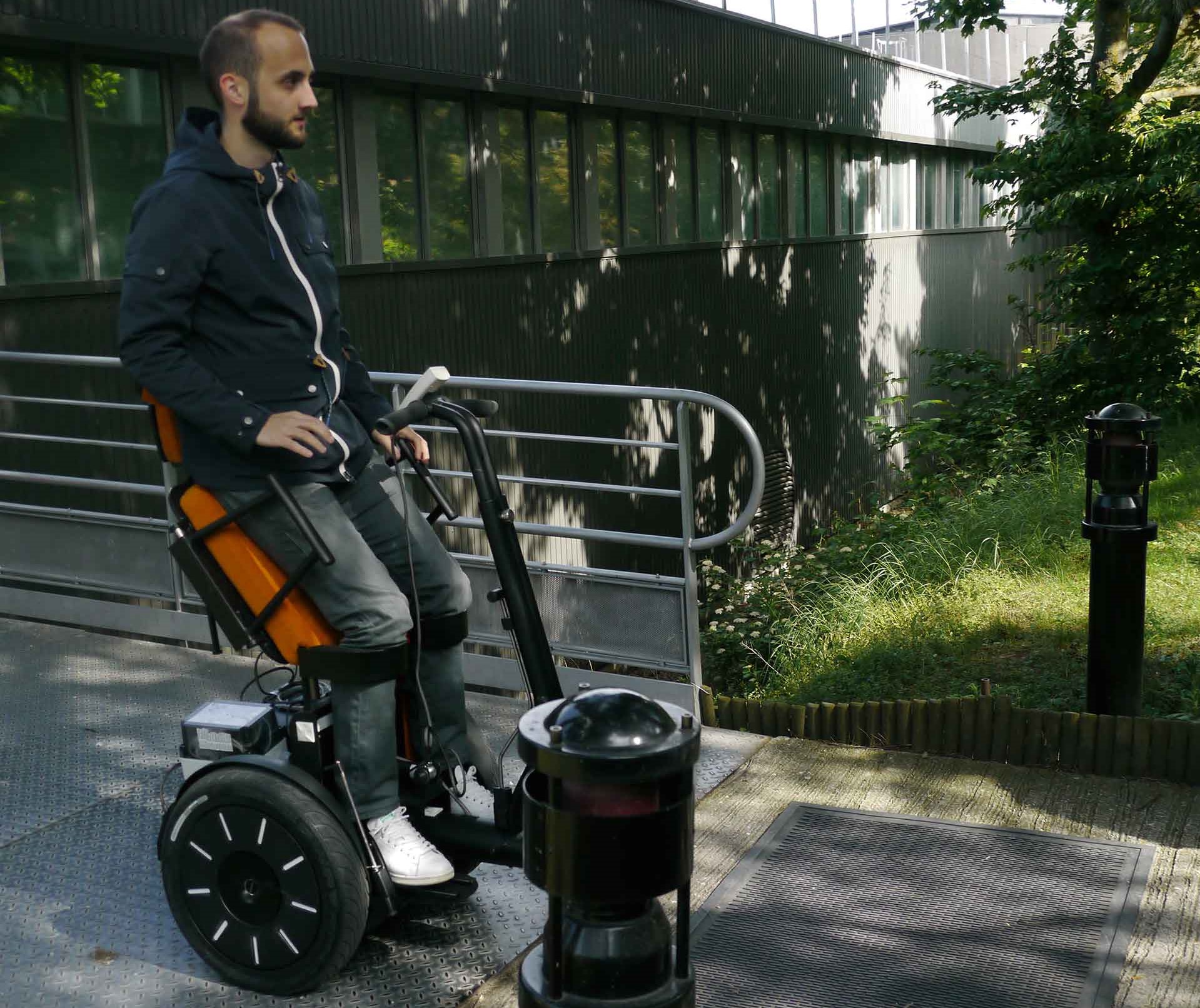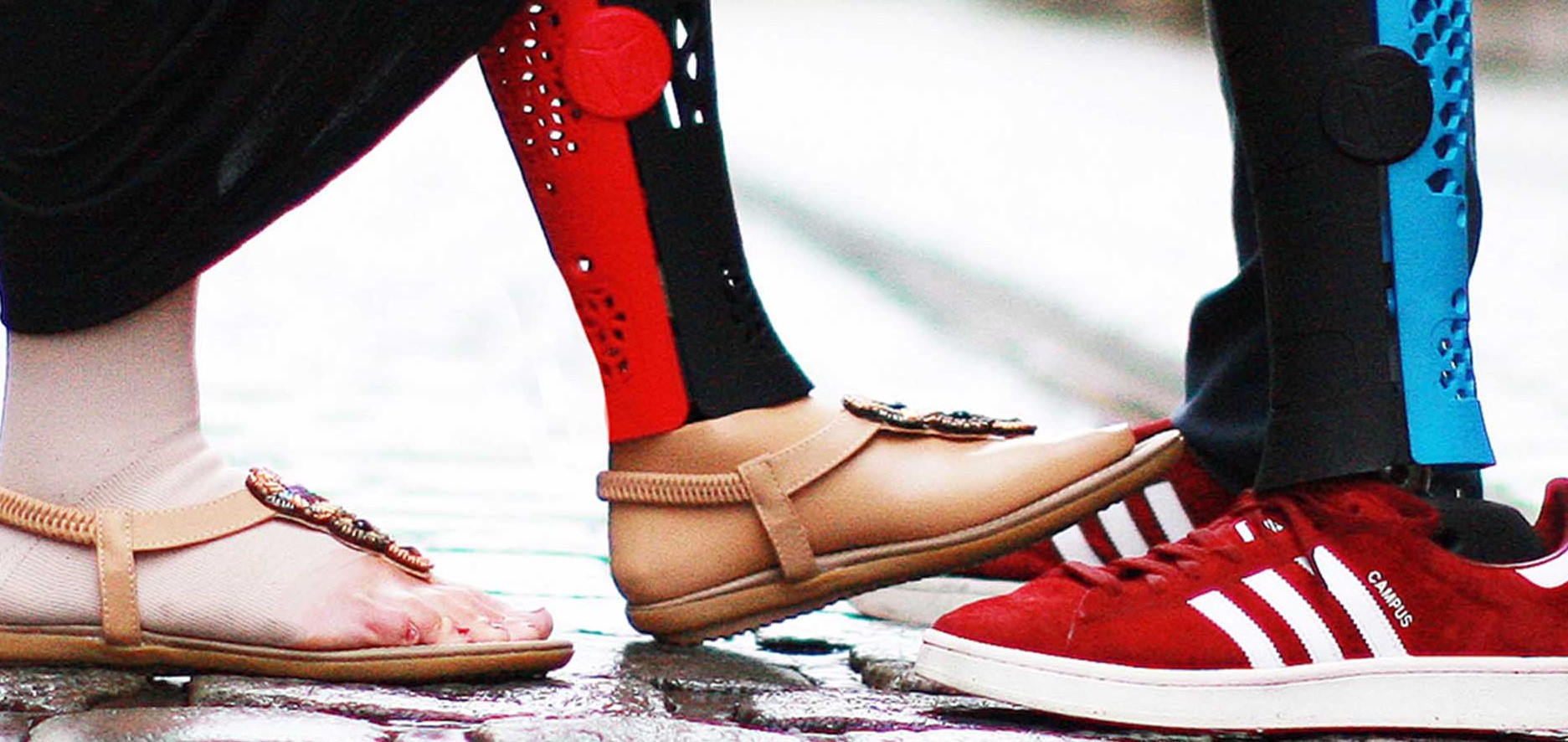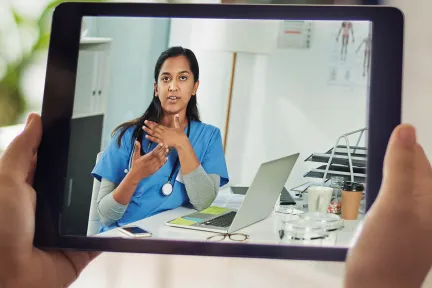Using virtual technology to improve health in the real world
NBIC convergence is leading to new advances in the fields of molecular medicine, synthetic biology, personal genomics and service robots.
Regenerative medicine and cell therapy, fetal surgery, implants and artificial organs, next-generation prosthetics, sensors and portable medical devices, enhanced collaboration within medical teams and the creation of care networks: all of these advances represent a new way of understanding illnesses, patients and medicine in general by treating each patient in an individual way. Personalized medicine and targeted therapies make up a new approach that harnesses the power of virtual technology.
By using a digital twin of a patient, medical teams can work together, carry out surgical planning and test new therapies. New technologies are giving them new discovery methods but also new training tools, because research and teaching go hand-in-hand in the most cutting-edge disciplines.
Collaborative platforms also allow dialogue between the therapists and patients themselves, opening up new avenues for patient-therapist relationships. The platforms allow patients to be better informed and help ensure greater consistency in the health care system. In this way, humans are augmented by technology, but also by other humans.
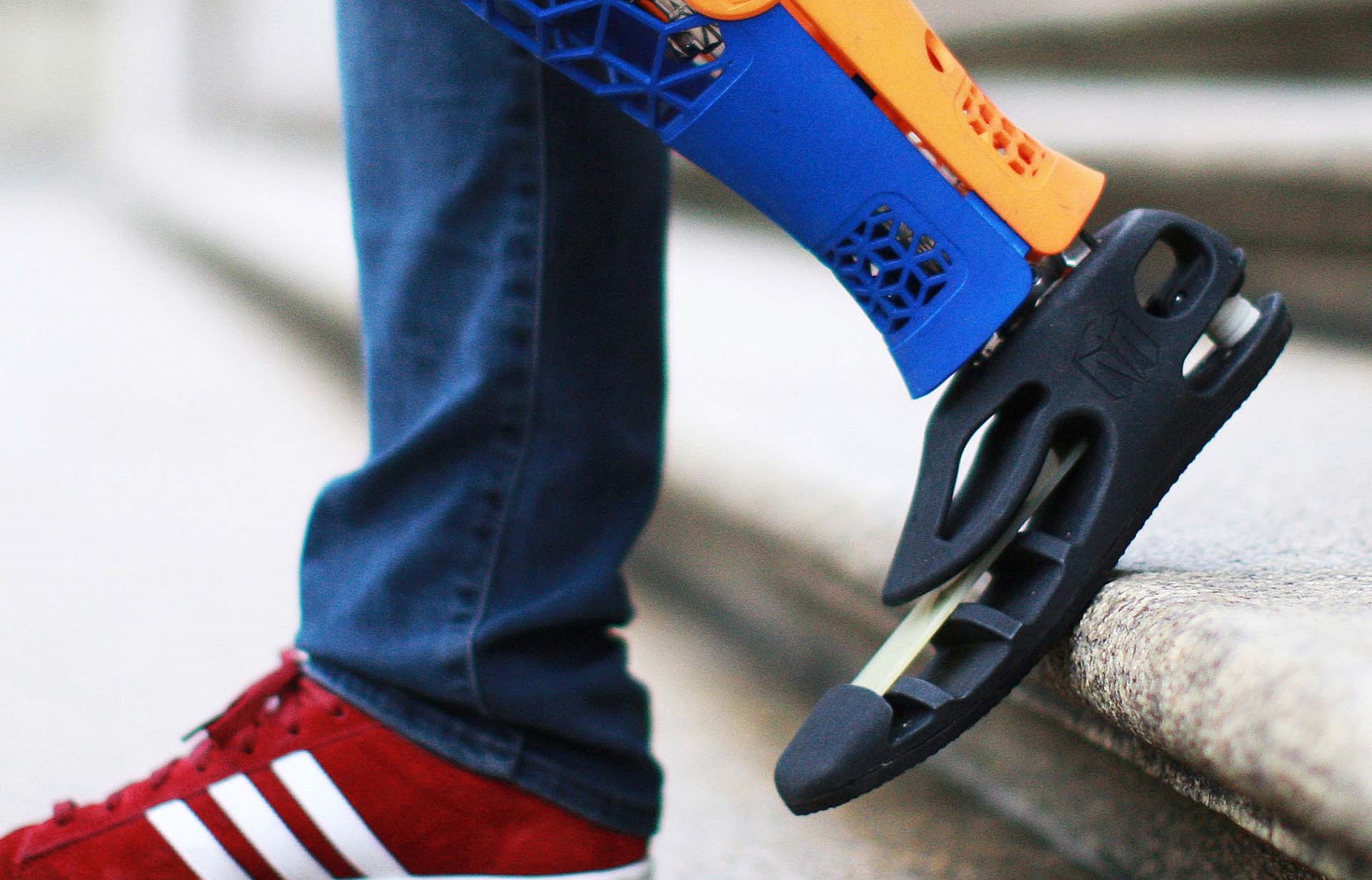
Growing in harmony with your prosthesis
Even the best treatment is worthless if it is not accepted by the patient. In the field of orthopedics, the central issue is to allow people with prostheses to lead an absolutely normal life by accepting their prosthesis. This is explained by Manuel Opitz, CEO of Mecuris, a Munich-based company specializing in the design of custom-made prostheses and orthoses designed around a 3D printing platform.
This is the story of Emma, a little girl born without a left foot. When she met the Mecuris teams with her parents, she explained that she could not find a prosthesis which was adapted to her size. Mecuris then decided to use its adult prosthetic foot model which, because it is digital, is very easy to reduce in size, taking into account certain limitations such as the minimum thickness required by the materials used. The prosthesis needs to be sized and adapted to her physiological needs, but the essential thing is for Emma to accept it.
Mecuris’ teams then asked her for her favourite colour and animal. Emma loves her new pink foot which is decorated with horses, and now lives like any other little girl her age. She goes to kindergarten, runs, dances and jumps in the puddles. She has much more self-confidence, and is now complimented rather than pitied for her foot, with some of her playmates asking their parents for “a pink foot like Emma.”
Last but not least, the prosthesis can grow with Emma: based on the digital model, all that is needed is to measure a dimension, for example the length of her foot, to adapt and print a slightly enlarged model very quickly. And as Emma’s tastes are also changing, she has asked that the new version be blue.
million people in the world need a prosthetic device
(Source: Mecuris)
of people believe that customized prostheses will be commonplace by 2030.
(Source: Frost & Sullivan)
A beating heart
On November 26, 2018, La Fondation Dassault Systèmes won the Corporate Social Responsibility prize in the Franco-British Business Awards. This accolade recognizes La Fondation’s support for a project involving Great Ormond Street Hospital (GOSH), a children’s hospital in London, and University College London (UCL).
The 3D CARE (3D CArdiovascular Research and Education) project is exploring the possibilities provided by virtual reality to advance our understanding of cardiac morphology in the fetus and in newborns. In particular, it aims to create tools that make it easier to understand the complex systems that exist within each patient.
An app has been developed, and both students and medical and surgical teams are using it to work on virtual 3DEXPERIENCE twins of hearts that, in the physical world, measure only 5-15mm across. These digital models of real hearts are also used when talking to families, helping medics explain the complex structures hidden inside the body. As a result, the app helps to reduce stress among parents.
3D CARE allows researchers to model virtual twins of hearts in newborns and fetuses that measure only 5-15 mm across.
(Source: Great Ormond Street Hospital)
Humans at the heart of cyborgs
More than robots, and more than humans: in both science fiction and in reality, cybernetic organisms represent the harmonious fusion of the human species and the machine. MELTIN MMI, a company that develops this type of technology, ultimately anticipates the widespread use of cyborgs in various sectors to support humanity and create a world where everyone can realize the full potential of their creativity, starting from an avatar robot modelled in SOLIDWORKS.
The impact will be felt in personal services, particularly for dependent people, in critical or constrained environments, and in industry, which will benefit from increased protection and significantly lower risks. The fine movement of the cyborg’s fingers combined with power and size of hands helps the machines work just like humans.
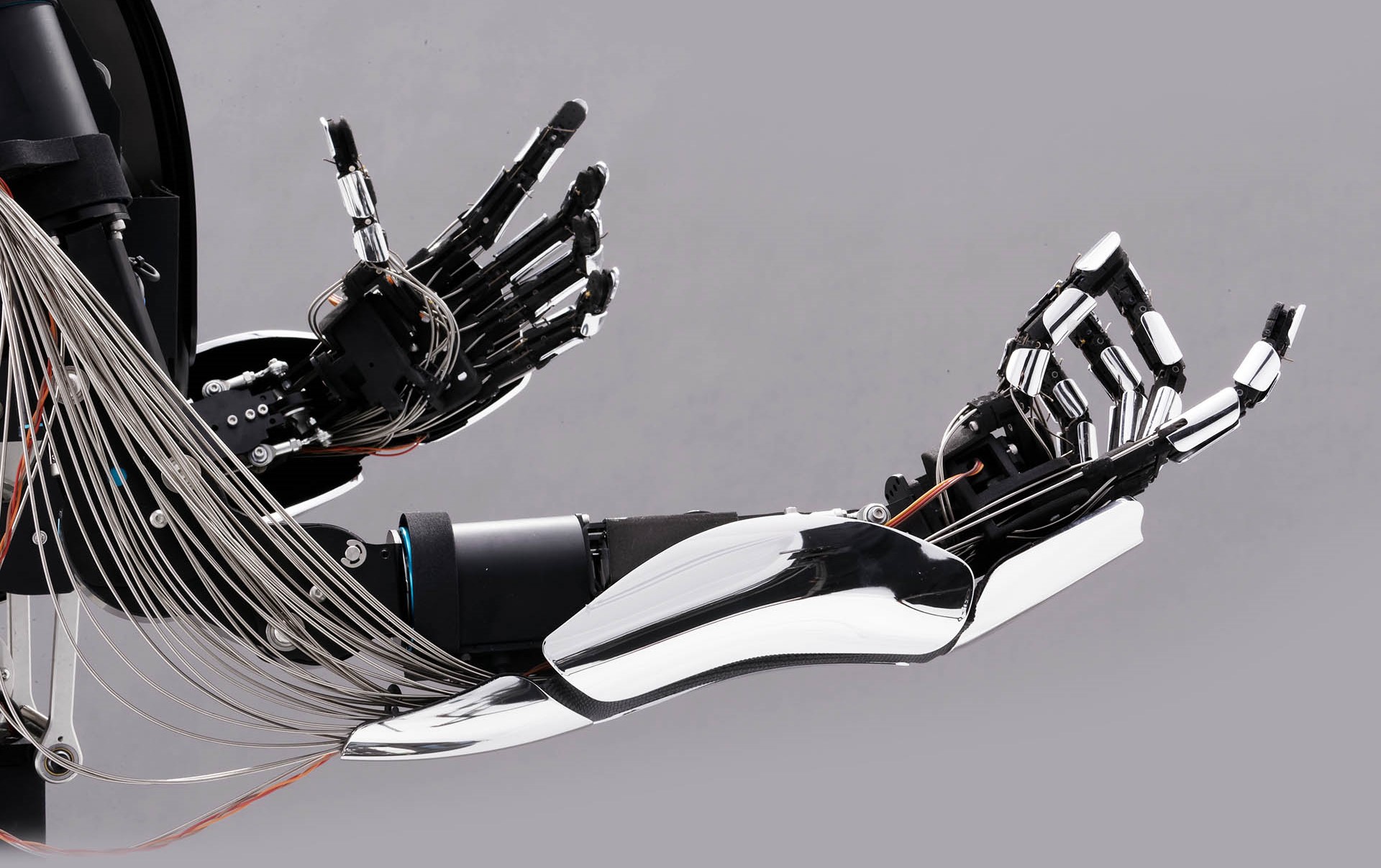
Sensors, apps, the internet of things and a medical team to help people live better
For patients with chronic illnesses, the main aim is to have the best possible quality of life while living with their disease. “This is where virtual universes, by making patients the focal point, can make all the difference,” explains Marc Frouin, COO of Bioserenity and a qualified engineer, who describes himself as a designer of experiences.
“Technology and computing power are important, but the key lies in the interaction between the care provider, the family and the patient, and the fact that patients are actively involved in their own health.” Patient data are adjusted constantly depending on the illness, the time of day, the time of year, the treatment regime and how closely patients adhere to it.
To collect all of that information, Bioserenity puts sensors into bodysuits and other wearable items. Its first system, designed to monitor patients suffering from epilepsy, consisted of a cap and underwear. The second, used to diagnose heart problems, included a small, flexible and flat wearable computer, instead of heavier systems involving cables plugged into a fixed system, while still featuring a large number of sensors.
In the next stage of its development, Bioserenity is working with pharmaceutical companies with the aim of developing dynamic treatments by 2022. Continuous monitoring will provide doctors with a large amount of visual and quantitative information, enabling them to determine more accurately the type of treatment to prescribe, adherence, dosage and side effects.
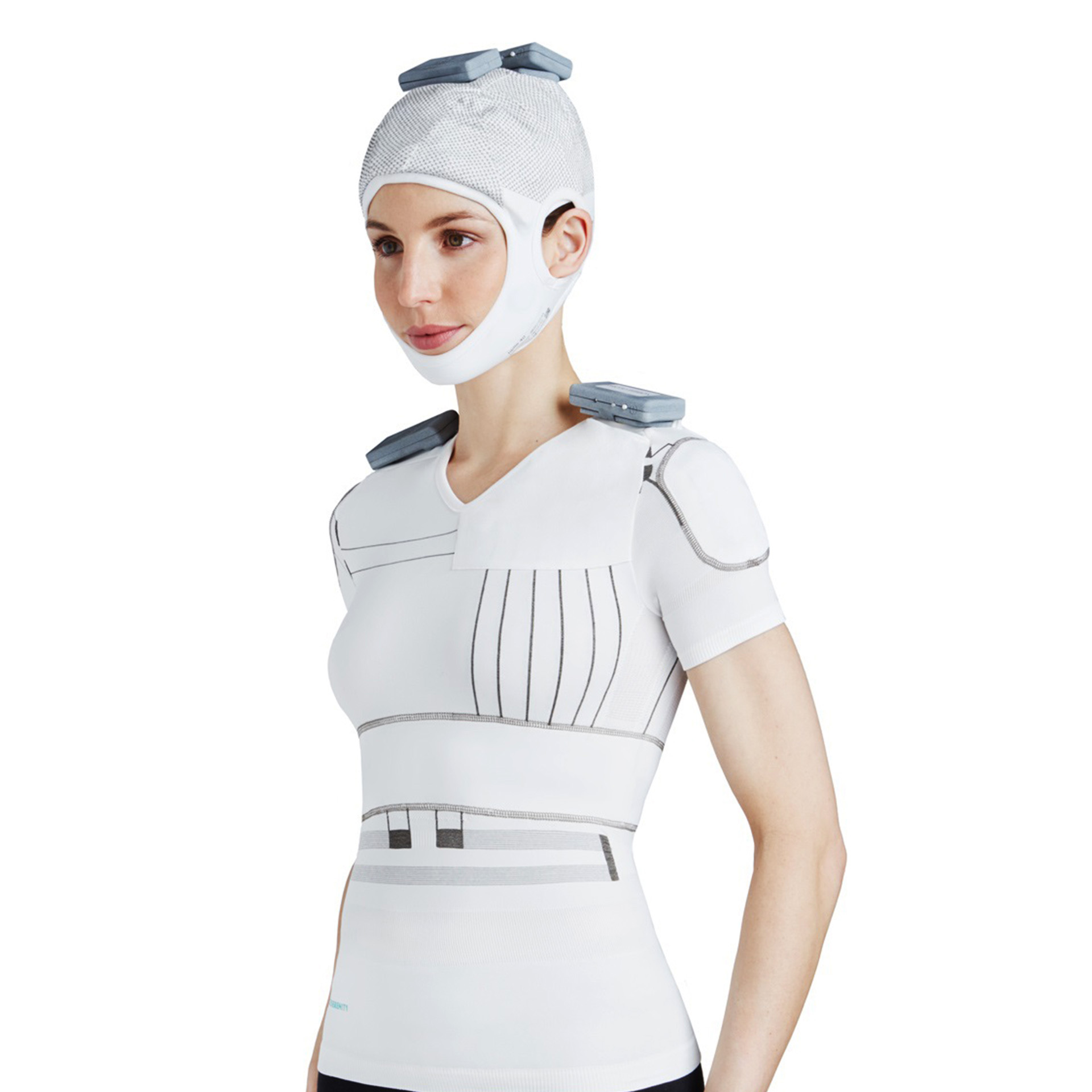
Personalized medicine: a digital twin
How long will this medicine take to work for me? When will it reach maximum efficacy? Can I reduce my dose? How much of the active ingredient is currently in my blood? ExactCure aims to answer these questions by creating a digital twin of the patient to model the effects and interactions of drugs in the individual’s body, thus helping to achieve a more personalized form of medicine. The solution involves a mobile app that uses patented artificial intelligence models.
The digital twin has exactly the same characteristics as the patient: weight, sex, age, current treatment, etc. The avatar takes the medicine first. On the patient’s smartphone screen, a clock shows when the medicine will take effect and when it will no longer be active.
ExactCure, with the support of Dassault Systèmes’ 3DEXPERIENCE Lab, enables patients suffering from chronic illnesses to estimate how long their medicines will have an effect, which is vital information in helping them to lead as normal a life as possible while taking long-term medication. “We have gone from a product-based model to a workflow and process-based model.”
of people believe that wearable medical devices will have a considerable impact on the management of their health by 2030.
(Source: Frost & Sullivan)
At Gyrolift, we wanted to develop a solution that addresses the needs of people with physical disabilities and reduced independence, but one featuring a modern design that doesn’t stigmatize users or pigeonhole them as disabled, and one that can meet the needs of everyone, including people without disabilities.
Gyrolift: a new experience of getting around for people with reduced mobility
Gyrolift is a mechatronics startup supported by Dassault Systèmes’ 3DEXPERIENCE Lab. Its product, also called Gyrolift, is an innovative mobility solution that incorporates a gyropod and a robotically adjustable seating system. For wheelchair users, the ability to move from sitting to standing gives them a new experience of mobility, allowing them to move around in an entirely safe way, both seated and standing up.
But Gyrolift is an inclusive solution that is not just intended as a disability aid or medical device: it can be used for any mobility application that requires assistance, and offers unprecedented comfort. Its adjustability means that users can access small spaces, and its gyroscopic technology gives it an impressive battery life and range. In addition, because it can lift users into a vertical position and has an innovative appearance, it overcomes the stigma sometimes felt by wheelchair users.
It allows better social interaction, particularly by making it easier for users to remain or re-enter employment. It is also particularly well suited to repetitive, demanding work, without in any way limiting the user’s agility and adaptability.
“At Gyrolift, we wanted to develop a solution that addresses the needs of people with physical disabilities and reduced independence, but one featuring a modern design that doesn’t stigmatize users or pigeonhole them as disabled, and one that can meet the needs of everyone, including people without disabilities.”
